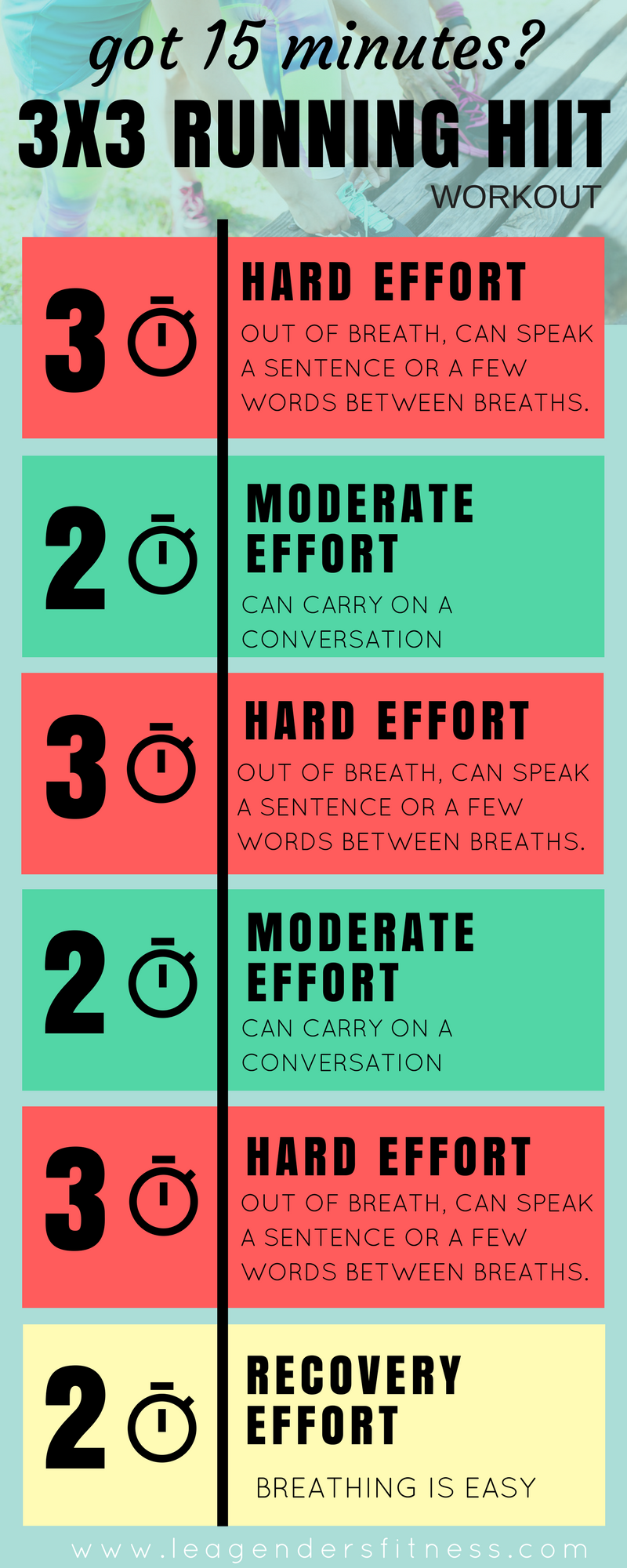Taking Care Of Typical Running Pains: Causes, Solutions, and Prevention
As runners, we commonly encounter different discomforts that can impede our efficiency and satisfaction of this physical activity. From the devastating pain of shin splints to the nagging IT band disorder, these usual operating pains can be frustrating and demotivating. Comprehending the causes behind these ailments is crucial in efficiently resolving them. By checking out the root reasons for these operating pains, we can discover targeted services and precautionary procedures to make certain a smoother and much more meeting running experience (more info here).
Common Running Pain: Shin Splints
Shin splints, a typical running pain, typically result from overuse or incorrect footwear throughout physical task. This condition, medically referred to as medial tibial stress syndrome, shows up as pain along the inner edge of the shinbone (shin) and prevails amongst professional athletes and runners. The repeated anxiety on the shinbone and the tissues connecting the muscle mass to the bone results in inflammation and pain. Joggers that quickly increase the strength or period of their exercises, or those that have flat feet or incorrect running strategies, are especially prone to shin splints.
To avoid shin splints, people ought to slowly raise the intensity of their exercises, use appropriate footwear with correct arch assistance, and maintain versatility and stamina in the muscle mass surrounding the shin. If shin splints do occur, preliminary therapy includes remainder, ice, compression, and altitude (RICE) Furthermore, incorporating low-impact tasks like swimming or biking can help maintain cardiovascular physical fitness while enabling the shins to recover. Relentless or extreme cases might call for clinical analysis and physical therapy for effective management.
Common Running Pain: IT Band Syndrome
Along with shin splints, an additional widespread running discomfort that athletes often encounter is IT Band Syndrome, a condition triggered by inflammation of the iliotibial band that leaves the outer upper leg and knee. IT Band Disorder usually materializes as discomfort on the exterior of the knee, particularly during activities like running or biking. The iliotibial band is a thick band of fascia that links the aware of the shin, and when it comes to be swollen or limited, it can massage against the upper leg bone, resulting in discomfort and pain.
Joggers experiencing IT Band Syndrome may observe a painful or aching sensation on the outer knee, which can worsen with ongoing activity. Elements such as overuse, muscle imbalances, inappropriate running form, or inadequate workout can add to the advancement of this condition. To stop and minimize IT Band a fantastic read Syndrome, runners must concentrate on extending and enhancing exercises for the hips and upper legs, correct footwear, gradual training development, and addressing any biomechanical issues that might be aggravating the issue. Overlooking the signs of IT Band Syndrome can cause chronic issues and long term healing times, stressing the relevance of early treatment and correct management approaches.
Usual Running Pain: Plantar Fasciitis

Plantar Fasciitis can be connected to different elements such as overtraining, inappropriate footwear, operating on hard surface areas, or having high arches or flat feet. To prevent and ease Plantar Fasciitis, joggers can incorporate extending workouts for the calves and plantar fascia, use supportive footwear, keep a healthy and balanced weight to minimize pressure on the feet, and slowly enhance running strength to stay clear of unexpected stress on the plantar fascia. If signs and symptoms linger, it is recommended to consult a healthcare professional for correct diagnosis and therapy options to attend to the condition efficiently.
Usual Running Pain: Runner's Knee
After attending to the obstacles of Plantar Fasciitis, another common concern that runners often deal with is Jogger's Knee, an usual running pain that can prevent athletic efficiency and cause pain throughout physical task. Jogger's Knee, also known as patellofemoral discomfort syndrome, shows up as discomfort around or behind the kneecap. Runners experiencing this pain might feel a plain, hurting discomfort while running, going up or down stairs, or after prolonged durations of resting.
Common Running Pain: Achilles Tendonitis
Generally affecting joggers, Achilles Tendonitis is an excruciating condition that impacts the Achilles tendon, triggering discomfort and potential limitations in exercise. The Achilles ligament is a thick band of tissue that connects the calf muscles to the heel bone, vital for tasks like running, jumping, and walking - this is where I read it. Achilles Tendonitis commonly develops due to overuse, improper shoes, poor extending, or sudden boosts in exercise
Signs of Achilles Tendonitis consist of pain and rigidity along the ligament, specifically in the morning or after durations of inactivity, swelling that worsens with activity, and perhaps bone spurs in persistent situations. To prevent Achilles Tendonitis, it is necessary to extend appropriately previously and after running, put on proper shoes with appropriate support, progressively boost the strength of exercise, and cross-train to reduce repeated anxiety on the ligament.
Verdict
